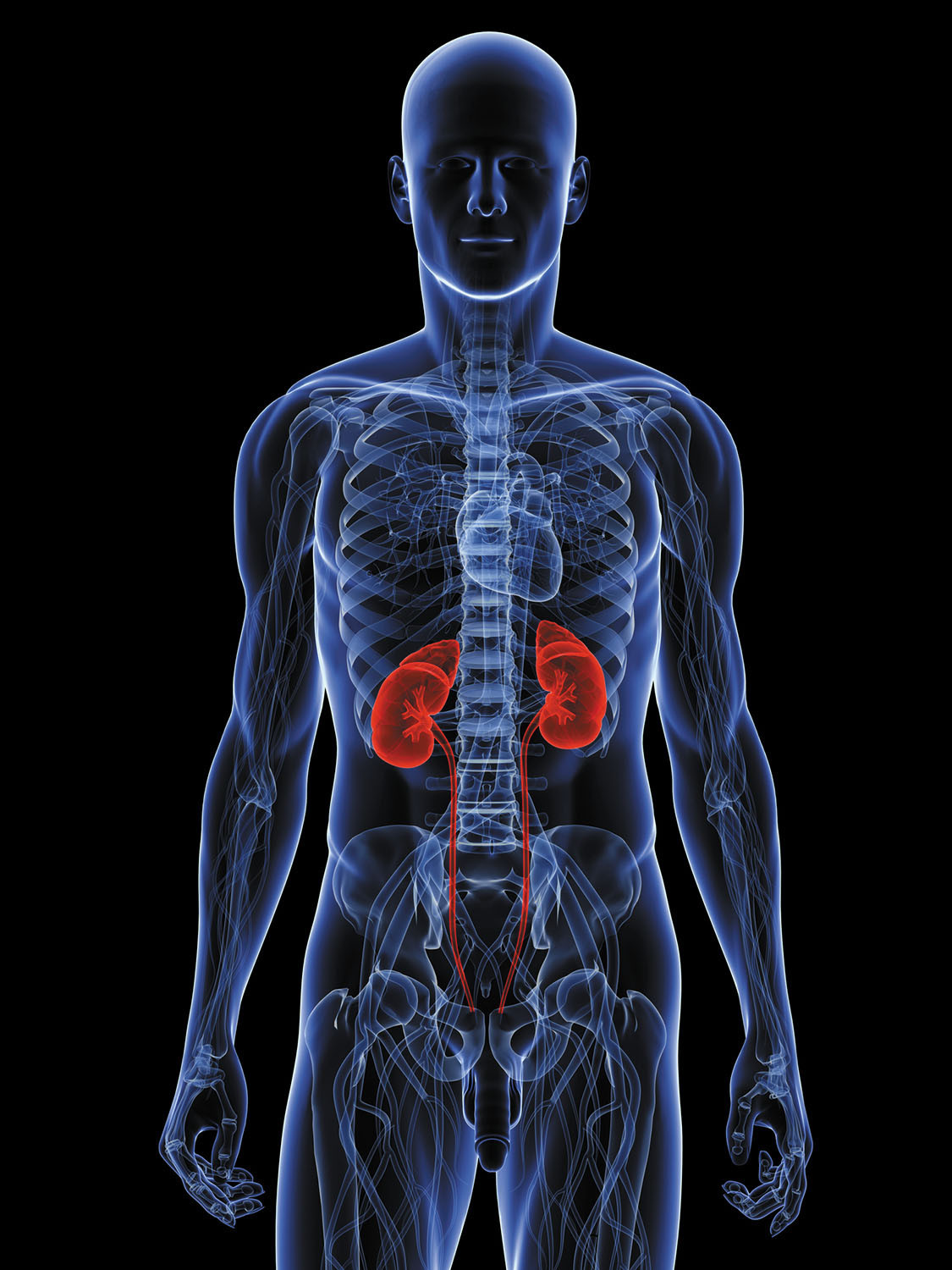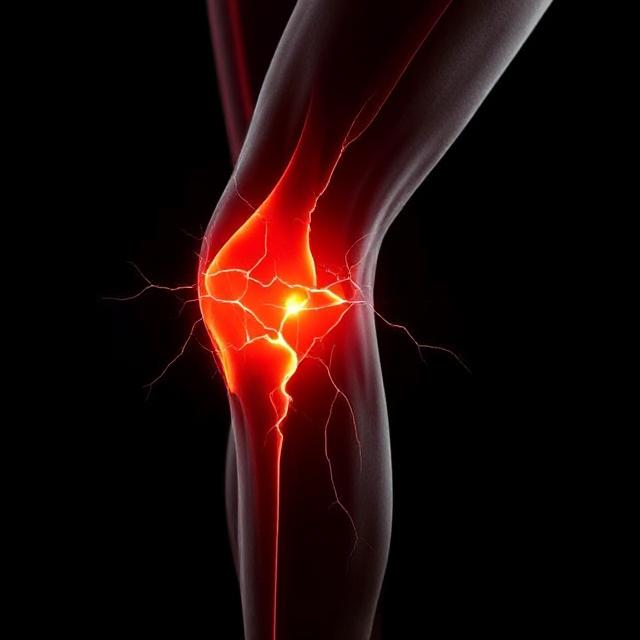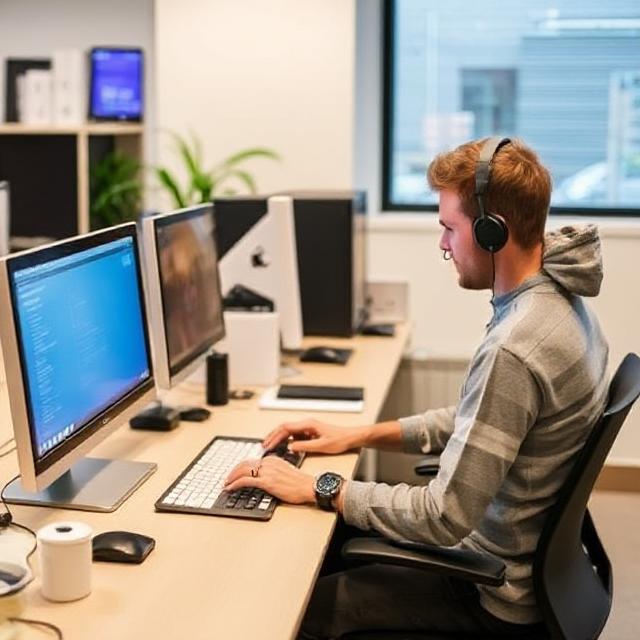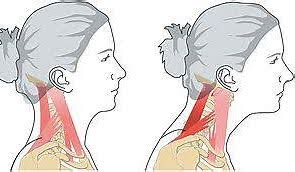Differentiate between Lower Back Pain and Kidney Stone Pain

One of the symptoms of a kidney stone is back pain. Since the kidneys sit below the rib cage on either side of the spine and rest against the muscles of the back, it can sometimes be difficult to differentiate between back pain due to kidney stone, and musculoskeletal back pain.
Since both these kinds of pain require distinct approaches to diagnoses and treatments, it is crucial to understand how to differentiate the two. This article explores the key differences between lower back pain and kidney stone pain, to help you understand their unique characteristics so that you may seek appropriate medical attention.
|
Lower Back Pain |
Kidney Stone Pain |
|
|
Location of Pain |
Lower Back pain may be more diffused and may affect the entire lower back. It is generally felt on both sides of the spine. |
Kidney stone pain typically originates in the back, below the ribcage, and radiates towards the lower abdomen and groin area. It is usually localized and concentrated on one side, i.e. side of the affected kidney. |
|
Nature of Pain |
Back pain is characterised by a dull, achy sensation that can range from mild to severe. |
It is commonly described as sharp, pointed, stabbing, or cramping. The severity of the pain can fluctuate, but it is often severe, excruciating and comes in waves. |
|
Pain vis-à-vis Movement |
It may worsen with movement, bending, standing, sitting without back support or lifting heavy objects. |
Kidney stone pain can be constant and intense, regardless of body position. |
|
Triggers and Aggravating Factors |
Back pain is often triggered by physical strain or injury. Lifting heavy objects, sudden movements, or prolonged poor posture can strain the back muscles and ligaments. In some cases, underlying spinal conditions like herniated discs, sciatica may worsen the pain. |
Kidney stone pain is usually triggered when the stone starts moving within the urinary tract. Consuming certain foods, dehydration, and genetic factors can increase the risk of developing kidney stones. |
|
Associated Symptoms |
Aside from the pain itself, back pain may be accompanied by muscle stiffness, limited range of motion, and inflammation. In chronic cases, one may experience numbness or tingling sensations in the affected area. |
In addition to severe pain, kidney stones can cause blood in the urine, urinary urgency, and frequent urination. If the stone causes a urinary tract infection, one may experience fever and chills. The pain may also be accompanied by nausea and restlessness. |
|
Diagnosis and Treatment |
Diagnosing the cause of back pain often involves a physical examination, medical history review, and imaging tests like X-rays or MRI. Treatment may include rest, physical therapy, exercises, pain medication, and in severe cases, surgery for specific spinal conditions. |
Diagnosing kidney stones requires urine analysis, blood tests, and imaging techniques like CT scans or ultrasound to detect the presence of stones. Treatment options may include pain relief medications, increased fluid intake to help pass the stone naturally, or procedures like extracorporeal shock wave lithotripsy (ESWL) or ureteroscopy to break up or remove larger stones. |
Conclusion:
Lower back pain and kidney stone pain may share some similarities in terms of discomfort and impact on daily life, but they have distinct origins, locations, and characteristics. Understanding the differences between the two is crucial to help individuals recognise the symptoms and seek appropriate medical attention for accurate diagnosis and effective treatment.
Disclaimer: The purpose of this article is not to help you conclude the diagnosis of back pain on your own. Always consult a healthcare professional for proper evaluation and treatment.




